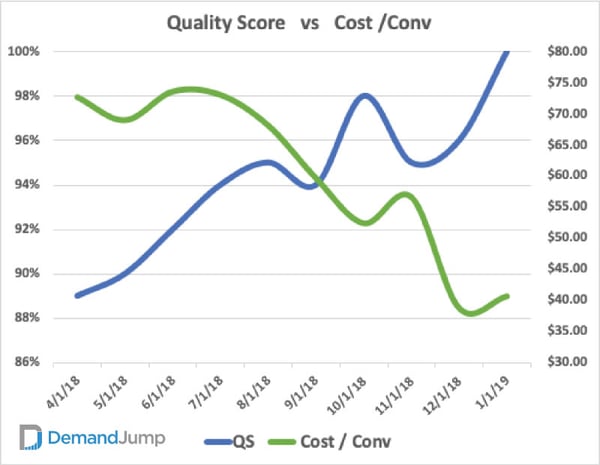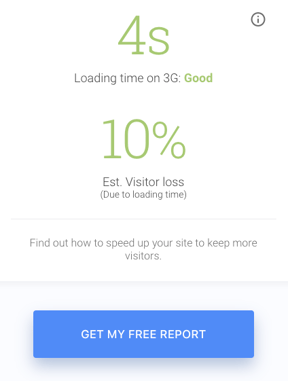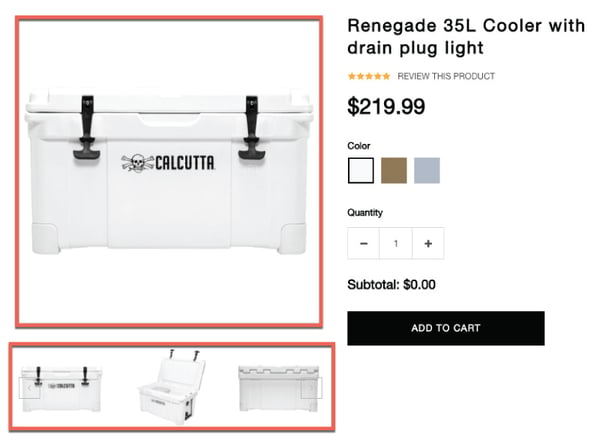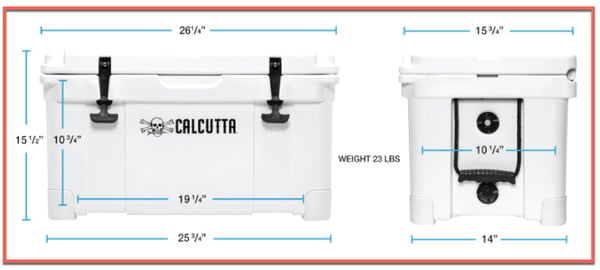February 20, 2019 •Jordan Ehrlich

A component of your keyword's quality score, Google defines landing page experience as, "A measurement [used] to estimate how relevant and useful your website's landing page will be to people who click your ad." In Google Ads, your landing page experience is given a score of above average, average, or below average.
We've observed there to be pretty much a direct correlation between improving quality score and decreasing cost per click and cost per conversion in Google Ads. So if you improve your landing page experience, and subsequently, your quality score, you will save a lot of money on advertising.

Improving your Quality Score not only improves customer conversion, it also allows your ads to perform better in Google. As they become more relevant and helpful to the searches being made, you will likely achieve better ad rank and be required to pay less for your ads to be shown.
For more information on the importance of quality score and how to improve it, check out this resource.
Here's how to improve it.
Improving landing page experience comes down to improving a few key pillars. Some tips we often give our clients include increasing on-page keyword use, site speed, and use of relevant images with alternative text.
The inclusion of your target keywords on your actual landing page is an important component of a high quality score. It not only signals to Google that you are indeed selling what you say you're selling, it's also your way of showing consumers that they came to the right place to buy exactly what they searched Google for.
This alignment of marketing to consumer behavior creates a seamless process from ad impression all the way to item checkout and is just one step to decreasing customer acquisition costs.
A fast site versus a slow site could be the difference between a customer converting or simply going back to Google for a better experience. Google grades your landing page experience on this criteria, so a slow site speed will likely bring your landing page experience down to average or even below average.
Site speed is a little bit out of a generalist marketer's control and more in the hands of the webmaster. But there are a few easy ways to start improving it if you have the right tools.
To get started improving your site speed, check out this free Google tool. Here, if you simply type in your website, you'll receive a report of your site speed, an estimate of visitors lost at the current speed, and specific tips to improve it.
Images with relevant alternative text act as additional signals to Google that you are offering a helpful, consumer-centric ad experience. They also give more reasons for potential customers to buy from you.
Here's a great example from one of our customers. Here, you'll see they not only include basic photos of the cooler from different angles, they even include an additional photo with the product's specified dimensions.


Because a picture says a thousand words, you can more effectively display the value of your products if you give consumers adequate visual information. And doing so will improve your customer experience and decrease your advertising costs.
If you're looking for help understanding your quality score, we offer a free quality score assessment here. With this guided assessment, we'll show you all your keywords broken down by quality score and potential to decrease CPCs. We can also share a few secrets about what your competitors are doing as an added bonus.